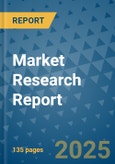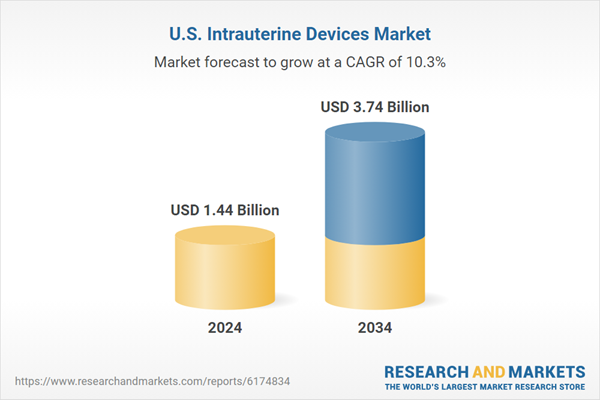Market growth is supported by favorable regulatory measures, growing awareness among women regarding contraceptive options, and the increasing rate of unintended pregnancies. Intrauterine devices are widely recognized as a reliable, reversible, and long-term form of contraception, making them an important component of reproductive healthcare. Their effectiveness and minimal maintenance have made them a preferred choice, while continuing research and technological progress have further enhanced safety and patient experience. The shift toward personalized care and expanding access through healthcare systems is also supporting the steady expansion of this market. Increasing provider training, wider acceptance of long-acting reversible contraception, and supportive public health programs continue to create opportunities for higher adoption across diverse demographics.
Advancements in product design have been significant, with softer and more flexible materials introduced to improve comfort and reduce complications during insertion. Updated designs with streamlined shapes and easier insertion tools have also enhanced accessibility for both patients and healthcare professionals. The development of hormonal intrauterine devices has reshaped contraceptive care by offering localized hormone release, which minimizes systemic side effects and provides additional health benefits.
The hormonal IUD segment held an 83% share in 2024, supported by high effectiveness, extended protection, and benefits such as lighter menstrual bleeding and reduced cramps. Many users also experience reduced or absent menstruation, which provides therapeutic relief for those with heavy or painful cycles. Healthcare providers favor hormonal options due to their proven safety profile compared to systemic contraceptive methods.
The hospitals segment held a 48.9% share in 2024 and is projected to generate USD 1.81 billion through 2034. Hospitals play a vital role in delivering long-acting contraceptive care, with trained specialists ensuring safe insertion and removal procedures. The increasing adoption of same-day IUD placement, especially postpartum, has expanded access while helping reduce unintended pregnancies nationwide.
South Atlantic Intrauterine Devices Market held 20.1% share in 2024, driven by a strong healthcare network and the availability of specialized centers for women’s health. The region benefits from higher training levels in long-acting contraception, with support from national organizations and regional health programs that emphasize accessibility and quality of care.
Key players active in the U.S. Intrauterine Devices Industry include AbbVie, Sebela Pharmaceuticals, Bayer, Medicines360, DKT, and CooperSurgical. To strengthen their foothold in the U.S. intrauterine devices market, companies are focusing on several strategies. Major players are investing heavily in R&D to design next-generation devices with improved comfort, safety, and long-term efficacy. They are expanding collaborations with healthcare providers to promote awareness and adoption of IUDs, while also enhancing distribution networks to ensure better access across hospitals and clinics. Educational initiatives targeted at both physicians and patients are being prioritized to dispel misconceptions and highlight the advantages of long-acting contraception.
Comprehensive Market Analysis and Forecast
- Industry trends, key growth drivers, challenges, future opportunities, and regulatory landscape
- Competitive landscape with Porter’s Five Forces and PESTEL analysis
- Market size, segmentation, and regional forecasts
- In-depth company profiles, business strategies, financial insights, and SWOT analysis
This product will be delivered within 2-4 business days.
Table of Contents
Companies Mentioned
The key companies profiled in this U.S. Intrauterine Devices market report include:- AbbVie
- Bayer
- CooperSurgical
- DKT
- Medicines360
- Sebela Pharmaceuticals
Table Information
| Report Attribute | Details |
|---|---|
| No. of Pages | 135 |
| Published | September 2025 |
| Forecast Period | 2024 - 2034 |
| Estimated Market Value ( USD | $ 1.44 Billion |
| Forecasted Market Value ( USD | $ 3.74 Billion |
| Compound Annual Growth Rate | 10.3% |
| Regions Covered | United States |
| No. of Companies Mentioned | 7 |









